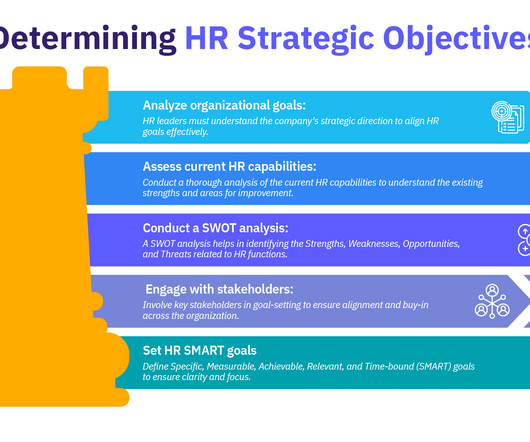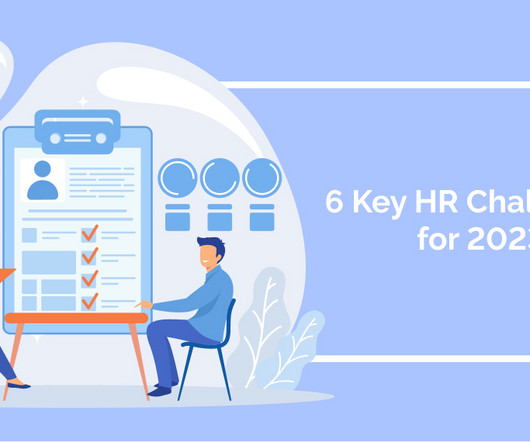How HR Can Create a Comprehensive Talent Strategy
AIHR
MARCH 16, 2023
Therefore, being able to recruit, develop, engage and retain the right people at scale should be a top priority. And many businesses underestimate the cost of recruiting the wrong people. An attractive employer brand and EVP (employee value proposition) can help when recruiting external candidates.
















Let's personalize your content